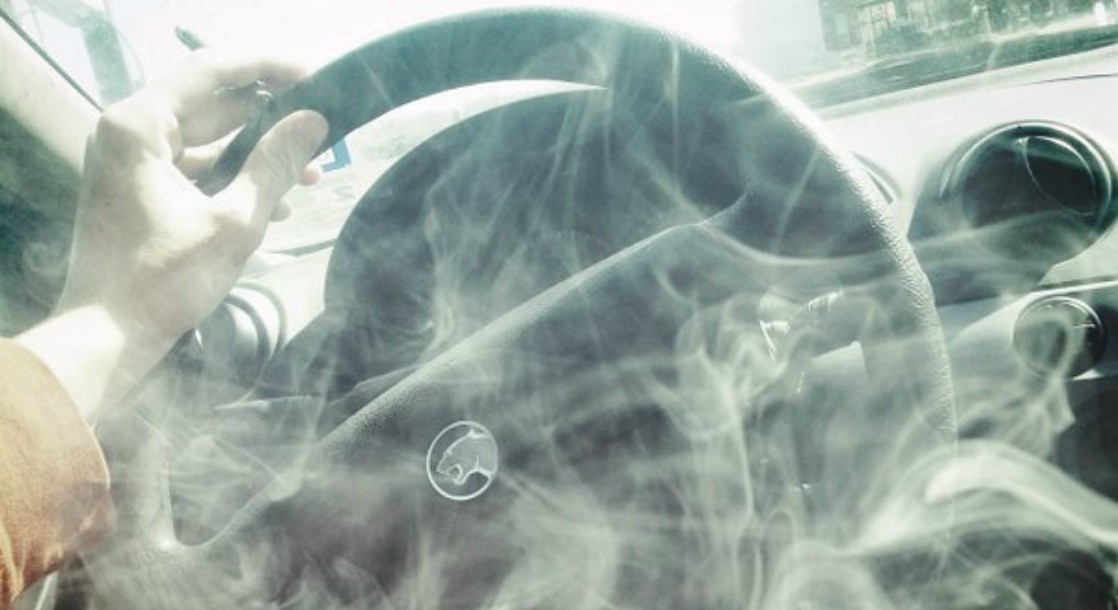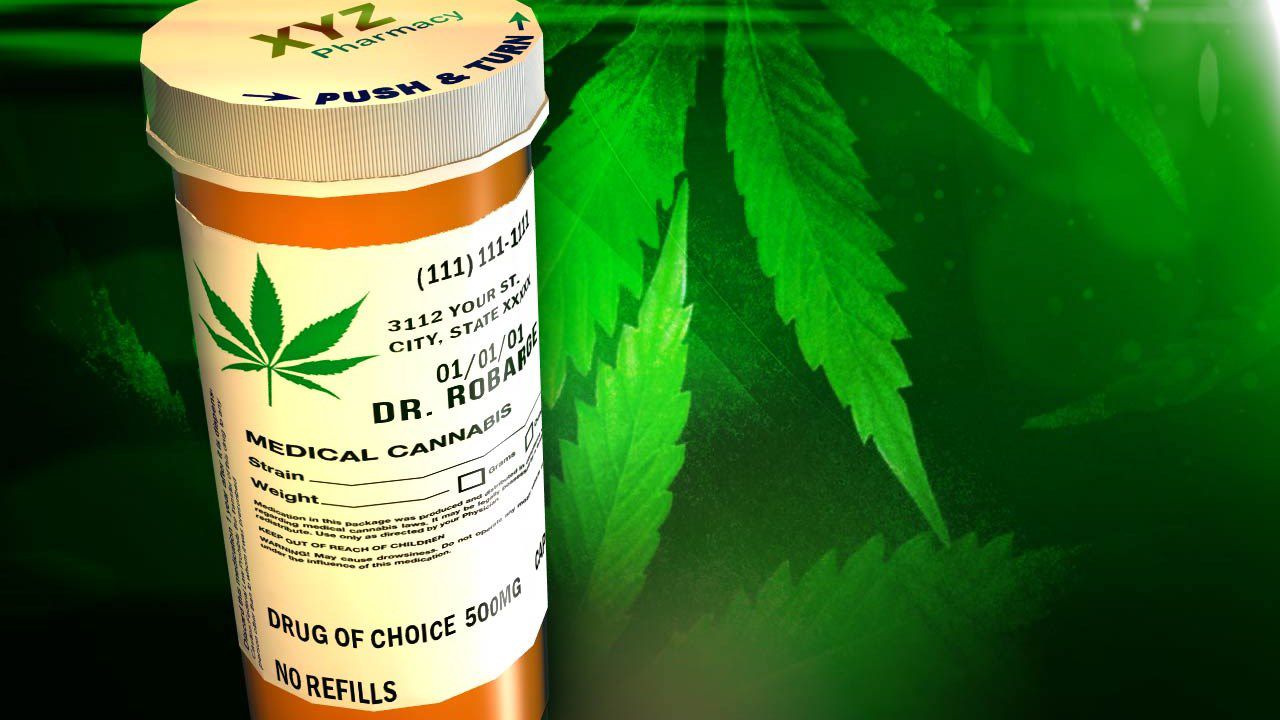Lead photo via Twitter user Brian Cooper
With some form of legal weed now available to more than half of all Americans, even the most staunchly-prohibitionist politicians are now conceding that nationwide cannabis reform is a question of ‘when,’ and not ‘if.’ And while states in the country’s Midwest and South are still desperately trying to convince local lawmakers to change with the times, states early to embrace America’s cannabis revolution are moving on to a new set of post-prohibition issues.
The Summit Daily reports that Department of Transportation officials in Colorado are still worried that cannabis consumers don’t take the dangers of driving stoned seriously, a significant problem when compounded with easy access and still-rudimentary roadside cannabis testing processes.
"There's definitely more of a stigma against driving drunk than driving high, and that's something we do need to change," Colorado Department of Transportation spokesman Sam Cole told the Summit Daily.
In the CDOT’s latest survey on drugged driving published at the end of 2016, 55% of responding cannabis users said that they believe it is safe to drive under the influence, with 57% of those same respondents saying they have driven a car within two hours of getting stoned.
Even after a year of engagement in programs like discounted ride-share coupons around 4/20, advertisements warning DUIs for drugged driving, and a swath of contested studies that claim legalization has increased instances of marijuana-related car crash fatalities, CDOT still says that educating marijuana users about safe driving habits is a top priority.
"They really don't understand the dangers of driving high," spokesman Cole said. "Your reaction time is impaired, your perception of distance and speed is impaired, and that can lead to a crash.”
Helping to make Cole’s point, a recent nationwide survey from insurance company Liberty Mutual and the group Students Against Destructive Decisions (SADD) found that 33% of teens believe that driving under the influence of marijuana is actually allowed in states with legal weed legislation.
To make it as clear as humanly possible that the CDOT and every police department in the country consider stoned driving illegal, Colorado has allocated about $1 million from the state’s cannabis tax revenue for a “community engagement effort” that Cole says will help to "better understand why people drive high."
In addition to the increased funding and advertising, the CDOT is bringing back the 320 Movement, the government collaboration with ride-share company Lyft that will now offer six months of discounted rides for cannabis users in hopes of dissuading Coloradans from getting behind the wheel after indulging in legal green.
With the slogan “Plan a ride, before you’re high” emblazoned on a number of green cars throughout Denver, the 320 Movement’s website warns that 17% of Colorado’s 2016 DUIs stemmed from marijuana use.
Beyond illegality though, the CDOT is still trying to convince cannabis users that their actions behind the wheel are not harmless. While Americans generally agree that driving while drunk is a universal wrong, the same cannot be said for stoners, some of whom argue that cannabis increases their awareness, and if anything, causes them to drive slower and more cautiously.
If you listen to Cole tell it, that concept is not only ill-informed, but incredibly dangerous.
"There's some research that says that your chances of being in a crash are higher after drinking than your chances of being in a crash after getting high,” Cole said. “But your chances [while stoned] are still high — very high."
Like any far-reaching political and social shift, integrating safe cannabis use practices will take time. But with technology and information more readily available than ever before, Cole hopes to make significant changes in public opinion and safety as quickly as possible, with fear-mongering politicians already citing highway safety uncertainties as a reason to block legalization.
"It took 10 to 20 years for us to change behaviors for people who drink … and we just don't have that amount when it comes to people who use marijuana," Cole said. "So that's why we're trying to accelerate behavior change so we don't have to wait 10 or 20 years before we really see the stigma against driving high build to the level where it is with alcohol."











